Topic homemade face moisturizer for sensitive skin: Discover the joy of crafting your own homemade face moisturizer for sensitive skin, utilizing natural ingredients to nourish, protect, and revitalize your complexion with ease and simplicity.
Table of Content
- Simple Shea Butter Moisturizer
- Beeswax and Oil Moisturizer
- Coconut Oil and Vitamin E Moisturizer
- Tips for Using Homemade Moisturizers
- What are the ingredients for a homemade face moisturizer for sensitive skin?
- YOUTUBE: The 3 Natural Face and Body Moisturizers for Clear, Glowing Skin
- Introduction to Homemade Moisturizers for Sensitive Skin
- Benefits of Using Natural Ingredients
- Key Ingredients for Sensitive Skin Care
- Recipe 1: Simple Shea Butter Moisturizer
- Recipe 2: Beeswax and Oil Moisturizer
- Recipe 3: Coconut Oil and Vitamin E Moisturizer
- Customizing Your Moisturizer with Essential Oils
- How to Apply Homemade Moisturizers Effectively
- Storing Your Homemade Moisturizers
- Tips for Patch Testing and Avoiding Allergic Reactions
- Conclusion: Embracing Natural Skin Care Solutions
Simple Shea Butter Moisturizer
This moisturizer is perfect for daily use, providing deep hydration without clogging pores. Shea butter is known for its rich vitamins and fatty acids that nourish the skin.
- 2 tbsp shea butter
- 10 drops tea tree or lavender essential oil (optional for added benefits)
Instructions:
- Melt shea butter with argan oil in a heat-safe bowl over a pan of warm water.
- Once melted, remove from heat and mix in essential oils if using.
- Transfer to a container and allow to cool before sealing.

READ MORE:
Beeswax and Oil Moisturizer
A rich and protective moisturizer, ideal for very dry or sensitive skin. Beeswax seals in moisture while the oils nourish the skin.
- 1/4 cup oil (almond, jojoba, or olive)
- 1 tbsp beeswax
- 1/2 cup shea butter
- Essential oils for fragrance (optional)
Instructions:
- Combine oil, beeswax, and shea butter in a double boiler and melt together.
- Once melted, remove from heat and add any essential oils.
- Pour into jars and let cool until solid.
Coconut Oil and Vitamin E Moisturizer
This moisturizer is great for boosting skin"s natural healing process and providing antioxidants. Vitamin E is especially good for sensitive skin.
- 1/2 cup coconut oil
- 1/4 cup almond oil
- 2 tbsp vitamin E oil
Instructions:
- Gently melt coconut oil and almond oil together.
- Remove from heat and stir in vitamin E oil.
- Whisk until fully combined and pour into a container.
- Allow to solidify at room temperature.
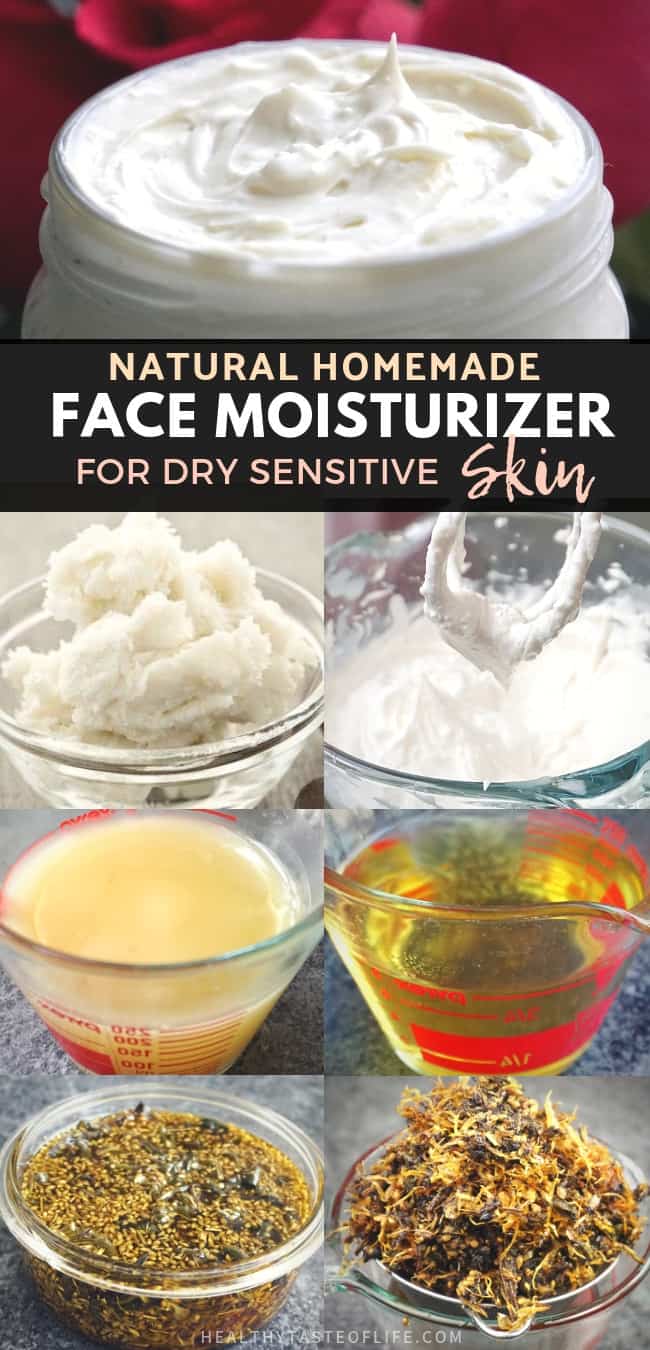
Tips for Using Homemade Moisturizers
- Always patch test a small amount of the moisturizer on your skin before full use to ensure no allergic reactions.
- Store your homemade moisturizer in a cool, dry place to preserve its shelf life.
- For best results, apply to clean, slightly damp skin to help lock in moisture.
Homemade moisturizers for sensitive skin are not only cost-effective but also allow you to tailor the ingredients to your specific skin needs. Enjoy creating your personalized skincare products that keep your skin hydrated and healthy.
What are the ingredients for a homemade face moisturizer for sensitive skin?
Ingredients for a homemade face moisturizer for sensitive skin:
- 1/4 cup shea butter
- 2 tablespoons jojoba oil
- 3 tablespoons aloe vera juice
- 1 teaspoon vitamin E oil
- 6 drops of essential oil (optional for fragrance)
Optional variations or additional ingredients that can be included:
- Herbs like lavender or chamomile for added soothing properties
- Grapeseed oil as a base oil instead of jojoba oil
- Lemon juice and baking soda for exfoliating and brightening effects
The 3 Natural Face and Body Moisturizers for Clear, Glowing Skin
Natural: Dive into the beauty of the natural world with this mesmerizing video showcasing breathtaking landscapes, vibrant wildlife, and serene environments. Let yourself be transported to a place of peace and tranquility. DIY: Get ready to unleash your creativity with this fun and inspiring DIY video that will show you how to make something amazing with just a few simple materials and a sprinkle of imagination. Let\'s get crafty!
DIY Beginner Face Moisturizer Tutorial: Start Making Your Own Face Cream Today
Try this ALL NATURAL BEGINNER\'S FACE MOISTURISER Recipe: https://wholeelise.com/blog/basic-natural-face-cream/ Start ...
Introduction to Homemade Moisturizers for Sensitive Skin
For those with sensitive skin, finding the right moisturizer can be a challenge. Homemade moisturizers offer a gentle, effective solution, allowing you to control the ingredients and tailor the formula to your skin"s specific needs. Natural ingredients like shea butter, coconut oil, and essential oils can provide deep hydration, soothe irritation, and improve skin health without the harsh chemicals found in many commercial products.
Creating your own moisturizer not only ensures that you"re using the most natural and gentle ingredients possible, but it also allows for customization based on your skin"s unique sensitivities and needs. Whether you"re looking for a simple daily moisturizer or a more intensive night cream, the key is to start with a base of nourishing oils or butters and then add specific ingredients that target your skin concerns.
- Shea Butter: Known for its anti-inflammatory and healing properties, shea butter is an excellent base for sensitive skin moisturizers.
- Coconut Oil: While not suitable for all skin types, coconut oil can offer intense hydration and antibacterial benefits for many.
- Essential Oils: Adding a few drops of lavender or chamomile essential oil can provide calming effects and additional skin benefits.
By choosing the right combination of ingredients, you can create a homemade moisturizer that not only hydrates and soothes sensitive skin but also enhances your skin"s natural barrier, protecting it from environmental stressors. Follow simple recipes to start crafting your own effective, natural skincare solutions.

Benefits of Using Natural Ingredients
Utilizing natural ingredients in homemade moisturizers for sensitive skin offers a myriad of benefits, ensuring a healthier, more nourished complexion without the adverse effects of synthetic additives. Here are some compelling reasons to embrace natural skincare solutions:
- Gentleness: Natural ingredients are typically gentler on the skin, reducing the risk of irritation and inflammation that can occur with harsh chemicals.
- Nutrient-Rich: Ingredients like shea butter, coconut oil, and essential oils are packed with vitamins, antioxidants, and fatty acids that nourish and repair the skin.
- Hydration: Natural oils and butters provide deep hydration, helping to maintain the skin"s moisture barrier and prevent dryness.
- Soothing Properties: Many natural ingredients have soothing and healing properties, ideal for calming sensitive or irritated skin.
- Eco-Friendly: By choosing homemade and natural options, you"re also making an environmentally friendly choice, reducing the demand for commercially produced products that may use harmful chemicals and excessive packaging.
Moreover, creating your own moisturizer with natural ingredients allows for customization to suit your specific skin needs and preferences, offering a personalized skincare routine that promotes a healthy, glowing complexion.
Key Ingredients for Sensitive Skin Care
When it comes to caring for sensitive skin, selecting the right ingredients is crucial. Certain natural ingredients stand out for their soothing, hydrating, and healing properties. Here"s a detailed look at some key components to include in your homemade moisturizers:
- Shea Butter: A superb moisturizer rich in vitamins A and E, shea butter is renowned for its soothing and anti-inflammatory properties, making it ideal for sensitive skin.
- Coconut Oil: Known for its moisturizing and antibacterial qualities, coconut oil can help to nourish and protect the skin, though it"s best used in moderation for those with sensitive or acne-prone skin.
- Almond Oil: This mild, hypoallergenic oil is rich in vitamin E and is deeply hydrating, making it perfect for sensitive skin that needs a boost of moisture.
- Beeswax: Acts as a natural skin protector, sealing in moisture without clogging pores, and provides a barrier against environmental irritants.
- Vitamin E Oil: An antioxidant that helps to protect and repair the skin, vitamin E oil can reduce UV damage and add to the moisturizer"s nourishing properties.
- Aloe Vera: Known for its healing and anti-inflammatory properties, aloe vera soothes irritations and moisturizes without leaving a greasy feel.
- Essential Oils: Oils such as lavender or chamomile are not only soothing to the skin but also add natural fragrance to your moisturizer. However, they should be used sparingly and with caution due to their potent nature.
These ingredients can be mixed and matched to create a custom moisturizer that caters specifically to your skin"s needs, providing gentle care without the harsh effects of commercial products.

Recipe 1: Simple Shea Butter Moisturizer
This moisturizer is perfect for those with sensitive skin, offering deep hydration and soothing properties without the use of harsh chemicals. Shea butter, the main ingredient, is renowned for its healing and moisturizing benefits.
- 2 tablespoons of shea butter
- 1 tablespoon of jojoba oil or almond oil (for additional moisture)
- 5-10 drops of lavender essential oil (optional, for its calming and anti-inflammatory properties)
Instructions:
- Begin by melting the shea butter using a double boiler method. Place the shea butter in a glass bowl over a pot of simmering water, ensuring the bowl does not touch the water.
- Once the shea butter is melted, remove from heat and let it cool slightly.
- Add the jojoba or almond oil to the melted shea butter and mix well. If you"re using essential oils, now is the time to add them.
- Pour the mixture into a clean container and allow it to solidify. You can place it in the refrigerator to speed up the process.
- Once solidified, your Simple Shea Butter Moisturizer is ready to use. Apply a small amount to your face and neck after cleansing, gently massaging it into the skin.
This homemade moisturizer will not only hydrate and nourish your skin but also provide a barrier to protect it from environmental stressors. Enjoy the gentle, effective care it offers to your sensitive skin.
Recipe 2: Beeswax and Oil Moisturizer
This beeswax and oil moisturizer is a rich, nourishing option for sensitive skin, offering a protective barrier that locks in moisture while allowing the skin to breathe. The beeswax acts as a natural emulsifier and helps to keep the skin hydrated without feeling greasy.
- 2 tablespoons beeswax pellets
- 1/2 cup almond oil or jojoba oil (gentle and hydrating)
- 1/4 cup coconut oil (for its antimicrobial properties)
- 1 teaspoon vitamin E oil (an antioxidant that helps heal the skin)
- 10 drops lavender essential oil (optional, for its soothing properties)
Instructions:
- In a double boiler, melt the beeswax, almond (or jojoba) oil, and coconut oil together until fully liquid.
- Remove from heat and let the mixture cool slightly before adding the vitamin E oil and essential oil, stirring well to combine.
- Pour the mixture into a clean jar and allow to cool completely. As it cools, the mixture will thicken into a creamy consistency.
- To use, apply a small amount to your face and neck after cleansing, massaging gently until absorbed.
This moisturizer is especially beneficial during the winter months or in dry climates, providing a lasting hydration and protection against the elements. Its natural ingredients are carefully chosen to soothe and nurture sensitive skin, making it a perfect addition to your skincare routine.

Recipe 3: Coconut Oil and Vitamin E Moisturizer
This lightweight yet deeply nourishing moisturizer combines the hydrating benefits of coconut oil with the healing properties of Vitamin E, making it perfect for sensitive skin. It"s simple to make and leaves your skin feeling smooth and refreshed.
- 1/2 cup virgin coconut oil (solid form)
- 2 tablespoons Vitamin E oil
- 10 drops of essential oil (lavender or chamomile recommended for their soothing properties, optional)
Instructions:
- Start by gently melting the coconut oil until it"s in liquid form. This can be done by placing the jar of coconut oil in a bowl of warm water or using a double boiler on low heat.
- Once melted, remove from heat and allow it to cool slightly, then add the Vitamin E oil and essential oil (if using), mixing well to combine.
- Pour the mixture into a clean container. If you prefer a whipped consistency, wait until the mixture is partially solidified, then whip it using a hand mixer before transferring it to the container.
- Allow the moisturizer to cool and solidify completely. Store in a cool, dry place.
Apply a small amount of this moisturizer to your face and neck after cleansing, gently massaging it into your skin. The combination of coconut oil and Vitamin E provides a powerful hydration boost while soothing sensitive skin.
Customizing Your Moisturizer with Essential Oils
Essential oils offer a fantastic way to customize your homemade moisturizer to suit your sensitive skin"s specific needs. With their therapeutic properties, essential oils can provide additional benefits ranging from soothing inflammation to enhancing moisture retention.
Here"s a step-by-step guide to creating a custom moisturizer:
- Start with a base moisturizer blend. This can include ingredients like water-based cream, glycerin for hydration, camellia carrier oil for its gentle properties, witch hazel for toning, hyaluronic acid for plumping, and rose geranium hydrosol for balancing.
- Choose essential oils based on your skin type. For a floral and fresh scent suitable for most skin types, combine rose geranium, ylang ylang, petitgrain, and sandalwood essential oils. For sensitive skin, a blend of violet leaf absolute, rose maroc absolute, rose geranium, and sandalwood essential oils is luxurious and soothing.
- Measure your ingredients carefully, mixing the oils into your base cream. Start with a few drops of each essential oil and adjust according to your preference and skin"s tolerance.
- For added benefits, consider including ingredients like squalane, which mimics the skin"s natural oils, and D-Panthenol for its soothing effects.
- Preservatives are essential for extending the shelf life of your homemade moisturizer, especially if you"re incorporating water-based ingredients. Opt for a natural preservative and follow the manufacturer"s instructions for use.
Remember, the key to using essential oils safely is to start with lower concentrations and perform a patch test before applying to your face. This ensures that your skin responds well and prevents potential irritation.
Experimenting with different essential oil blends allows you to create a moisturizer that not only hydrates and nourishes but also provides a sensory experience tailored to your preferences and skin"s needs.

How to Apply Homemade Moisturizers Effectively
Applying homemade moisturizers effectively ensures your skin absorbs all the nourishing benefits of the natural ingredients. Here"s a comprehensive guide to help you get the most out of your DIY moisturizer, tailored for sensitive skin.
- Prepare Your Skin: Always start with a clean face. Use a gentle cleanser suited for sensitive skin to remove impurities and excess oils, ensuring your skin is ready to absorb the moisturizer.
- Apply to Damp Skin: For best absorption, apply your moisturizer to slightly damp skin. This helps lock in moisture and makes the application smoother.
- Use the Right Amount: A dime-sized amount is typically enough for the face and neck. Remember, a little goes a long way, especially if your moisturizer is oil-based.
- Warm It Up: Before applying, warm the moisturizer between your fingers. This helps it spread evenly and absorb better into your skin.
- Gentle Application: Use gentle, upward strokes to apply the moisturizer. Avoid pulling or stretching the skin, which can cause irritation or contribute to wrinkles.
- Don"t Forget the Neck: Extend the application down to your neck, following the same gentle, upward strokes. The neck is often overlooked but is just as important for hydration.
- Allow Time to Absorb: Give your moisturizer a few minutes to absorb fully before applying makeup or sunscreen. This ensures that the skin benefits fully from the moisturizer and prevents any pilling.
- Adjust Usage According to Climate: You may need to apply more frequently in dry, winter months or use a lighter application during humid summer months. Listen to your skin"s needs and adjust accordingly.
Remember, consistency is key to seeing results. Apply your homemade moisturizer twice daily, in the morning and evening, as part of your skincare routine for hydrated, healthy-looking skin.
Creating an effective routine with your homemade moisturizer can significantly improve your skin"s health and appearance, especially for those with sensitive skin. By following these steps, you"ll ensure your skin is not only protected but thrives.
Storing Your Homemade Moisturizers
Proper storage of your homemade moisturizers is crucial to maintain their effectiveness and extend their shelf life. Here are some tips to ensure your moisturizers remain potent and safe for use:
- Choose the Right Container: Store your moisturizer in airtight containers to prevent oxidation and contamination. Glass jars with tight-fitting lids or small pump bottles are ideal choices.
- Keep It Cool and Dark: Store your moisturizer in a cool, dark place away from direct sunlight. This helps preserve the active ingredients and prevents the oils from going rancid.
- Refrigeration: For moisturizers containing fresh ingredients or without preservatives, consider storing them in the refrigerator to inhibit bacterial growth and extend shelf life.
- Label Your Products: Always label your containers with the date of creation and list of ingredients. This helps you track how long the product has been in use and identify any ingredients you may want to adjust in future batches.
- Monitor for Changes: Keep an eye on your moisturizer for any changes in smell, color, or texture. These changes could indicate that the product has expired or become contaminated.
- Use Clean Hands or a Spatula: To avoid introducing bacteria, always use clean hands or a spatula to scoop out your moisturizer.
By following these storage tips, you can enjoy the full benefits of your homemade moisturizers for sensitive skin, ensuring they remain effective and safe for use over time.

Tips for Patch Testing and Avoiding Allergic Reactions
When incorporating new homemade moisturizers into your skincare routine, especially for sensitive skin, it"s crucial to conduct a patch test to avoid potential allergic reactions. Here"s how you can safely test and use your homemade products:
- Choose a Small Area: Select a small, discreet area of skin for the patch test, such as behind the ear or on the inner forearm.
- Apply a Small Amount: Use a minimal amount of the homemade moisturizer on the chosen area. Covering the test spot with a bandage is optional but can help protect the area.
- Wait 24 to 48 Hours: Observe the area for any signs of irritation, redness, itching, or swelling over the next 24 to 48 hours. If any adverse reaction occurs, rinse the area thoroughly with water and discontinue use.
- Evaluate the Results: If there is no reaction after the waiting period, the moisturizer is likely safe to use on your skin. However, remain observant for any delayed reactions over the next few days.
In addition to patch testing, consider the following tips to minimize the risk of allergic reactions:
- Review Ingredients: Familiarize yourself with the ingredients of any homemade moisturizer. Avoid ingredients known to cause you irritation or allergies.
- Start with Simple Recipes: If you"re new to homemade skincare, begin with recipes that have fewer ingredients. This makes it easier to identify any potential irritants.
- Introduce One Product at a Time: When trying out multiple new skincare products, introduce them one at a time. This approach helps identify which product may be causing a reaction if one occurs.
- Consult a Dermatologist: If you have highly sensitive skin or a history of allergic reactions, consider consulting a dermatologist before trying new homemade skincare products.
By following these guidelines for patch testing and product introduction, you can enjoy the benefits of homemade moisturizers while minimizing the risk of allergic reactions and skin irritation.
READ MORE:
Conclusion: Embracing Natural Skin Care Solutions
Embracing natural skin care solutions, especially when it comes to sensitive skin, is not just a trend but a lifestyle change that promotes health, sustainability, and personal well-being. Homemade face moisturizers crafted with natural ingredients offer a unique blend of benefits for those seeking to nurture their skin gently and effectively. As we conclude, let"s highlight the key takeaways and encourage a continued journey towards natural skin care.
- Personalization at Its Best: Creating your own moisturizers allows you to tailor the ingredients to your skin"s specific needs, avoiding common irritants found in commercial products.
- Understanding Ingredients: Engaging in homemade skin care educates you about the benefits and properties of natural ingredients, empowering you to make informed decisions about what you apply to your skin.
- Eco-Friendly Choices: By opting for homemade solutions, you contribute to reducing the environmental impact associated with the production and packaging of commercial skin care products.
- Economic Benefits: Homemade moisturizers can also be cost-effective, allowing you to use high-quality ingredients without the premium price tag of luxury skin care brands.
- Therapeutic Process: The process of creating your own skin care products can be a therapeutic and fulfilling hobby that enhances your connection to self-care practices.
Incorporating homemade face moisturizers into your routine is more than a beauty regimen; it"s a commitment to nurturing your skin with the purest ingredients. As we move forward, let"s continue to explore, experiment, and embrace the natural solutions that our earth provides. The journey to healthy, radiant skin is a personal one, filled with discoveries and joys of creating a care routine that resonates with your body and spirit.
Remember, the transition to natural skin care is a journey that evolves with your understanding and experiences. Be patient, stay curious, and enjoy the process of discovering what works best for your unique skin. Embracing natural skin care solutions is a step towards a healthier lifestyle, for both you and the planet.
Embrace the journey towards radiant, healthy skin with homemade moisturizers tailored for sensitive skin, blending nature"s best to nourish, protect, and rejuvenate your skin, sustainably and effectively.
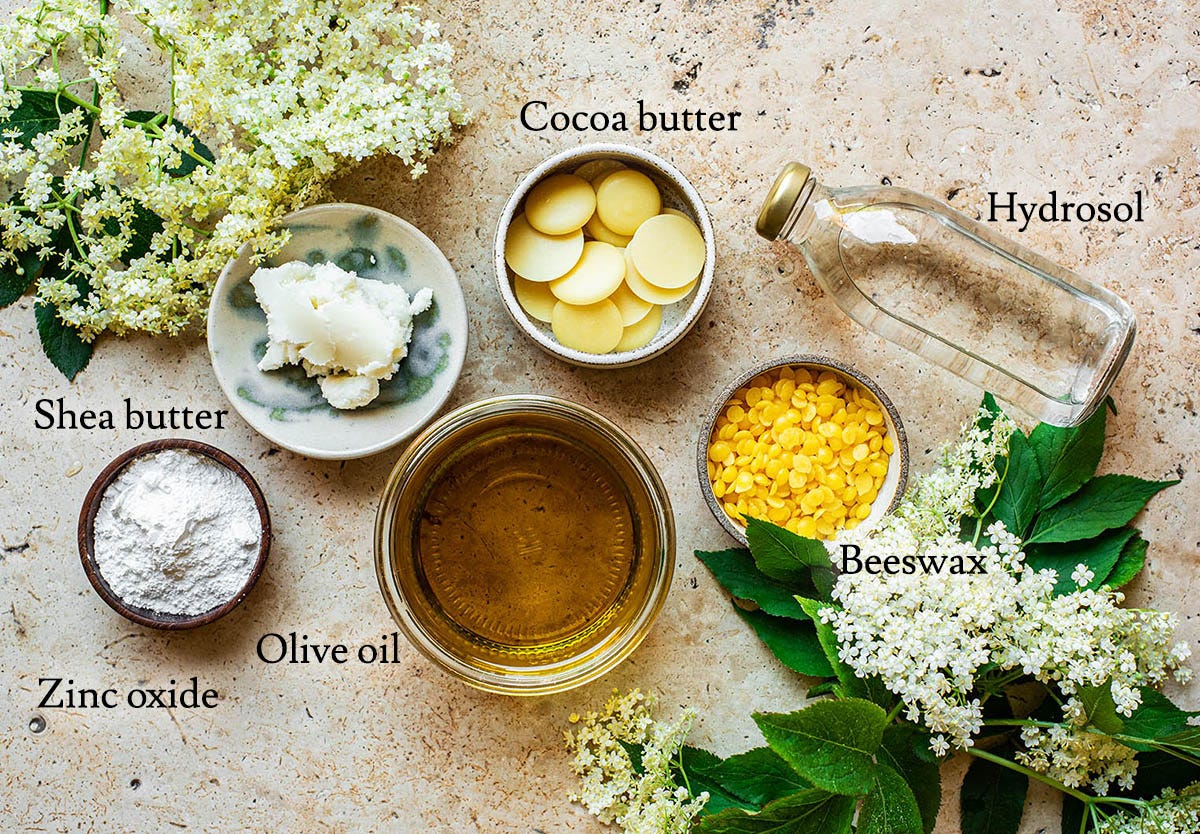


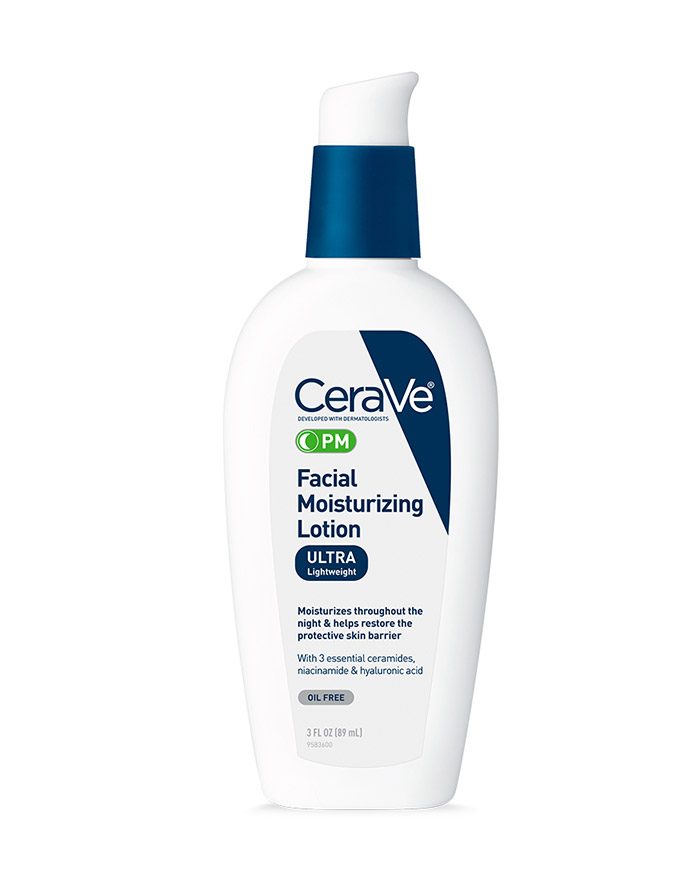



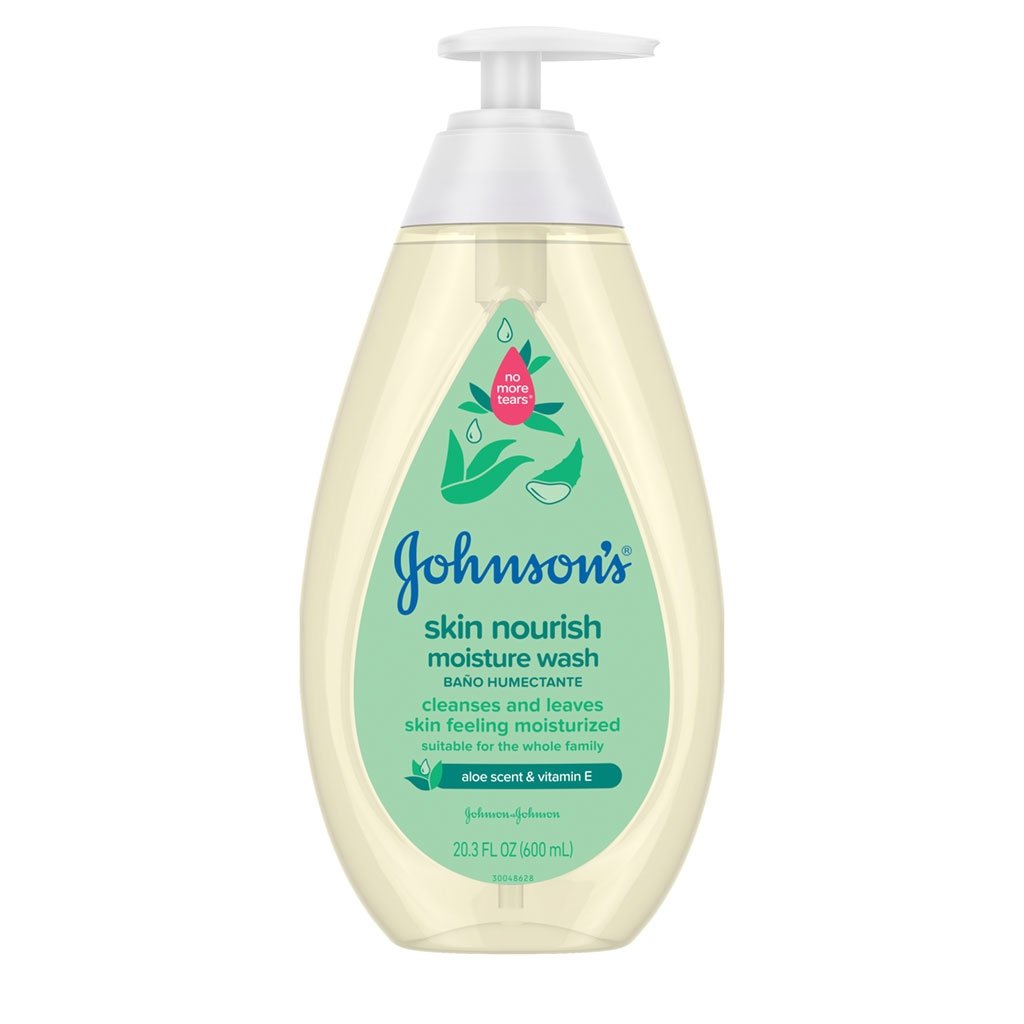


:max_bytes(150000):strip_icc()/082222-loreal-paris-skincare-revitalift-anti-aging-face-moisturizer-embed-33ec8a8263694953a516ca81332f2ec7.jpg)



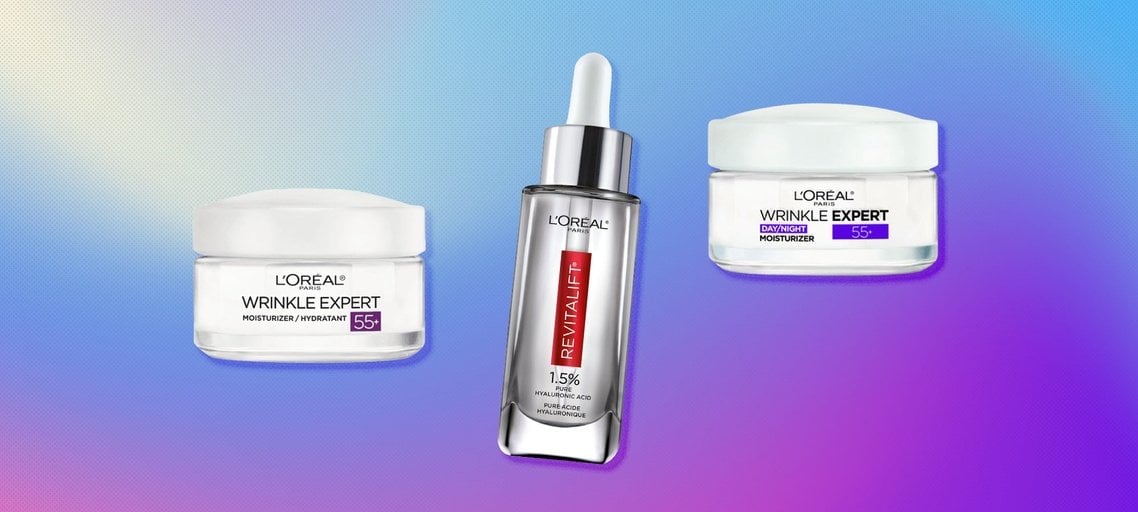
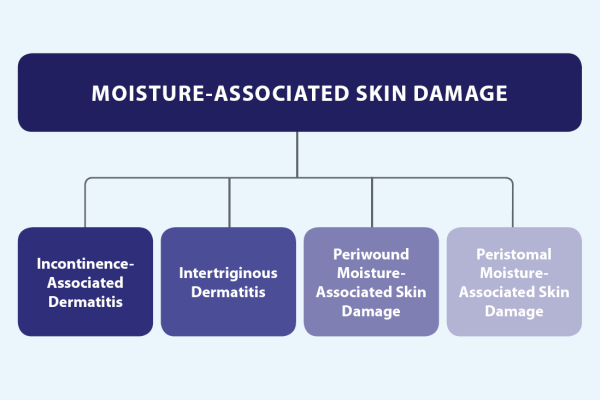
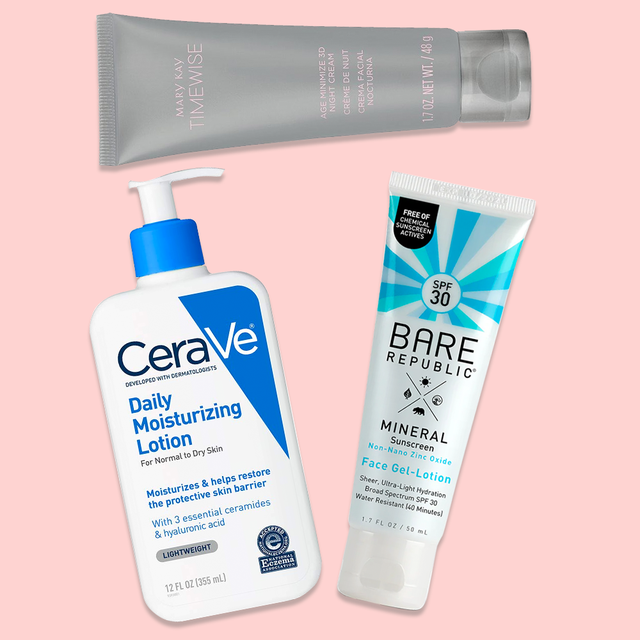

:max_bytes(150000):strip_icc()/Why-your-moisturizer-isnt-working_final-564c059accb84ca988aa5a5fe82d44c6.png)